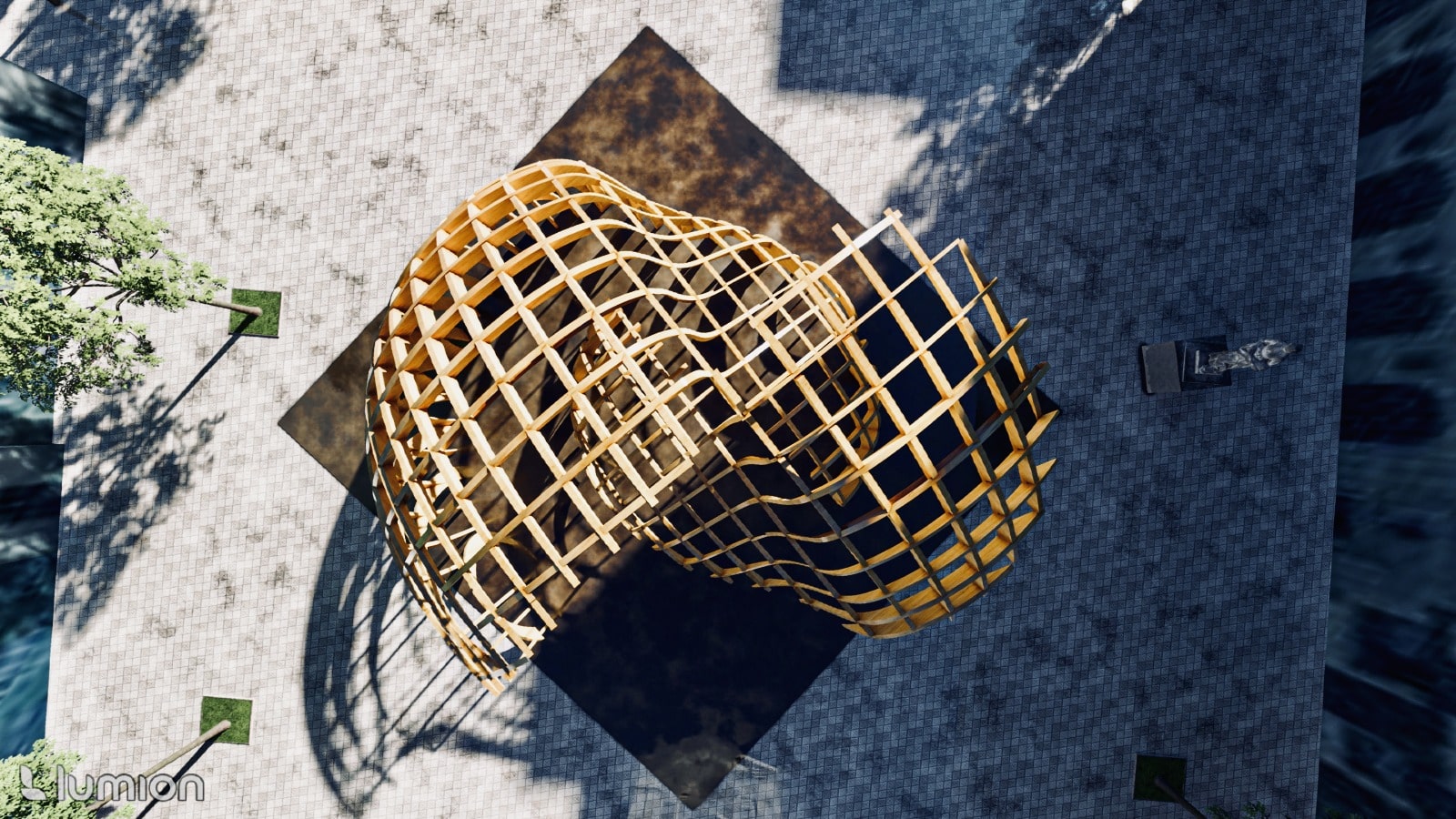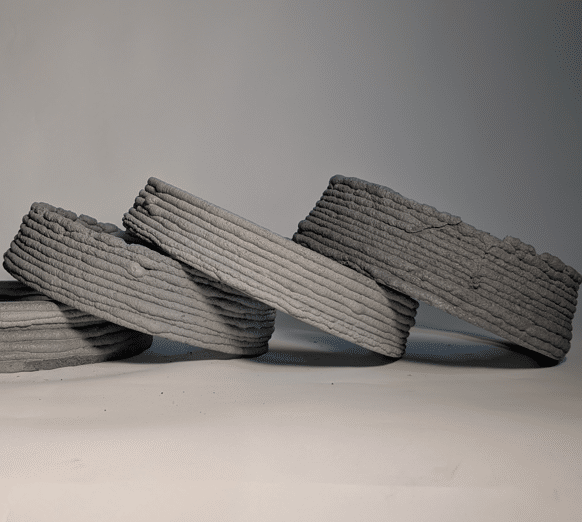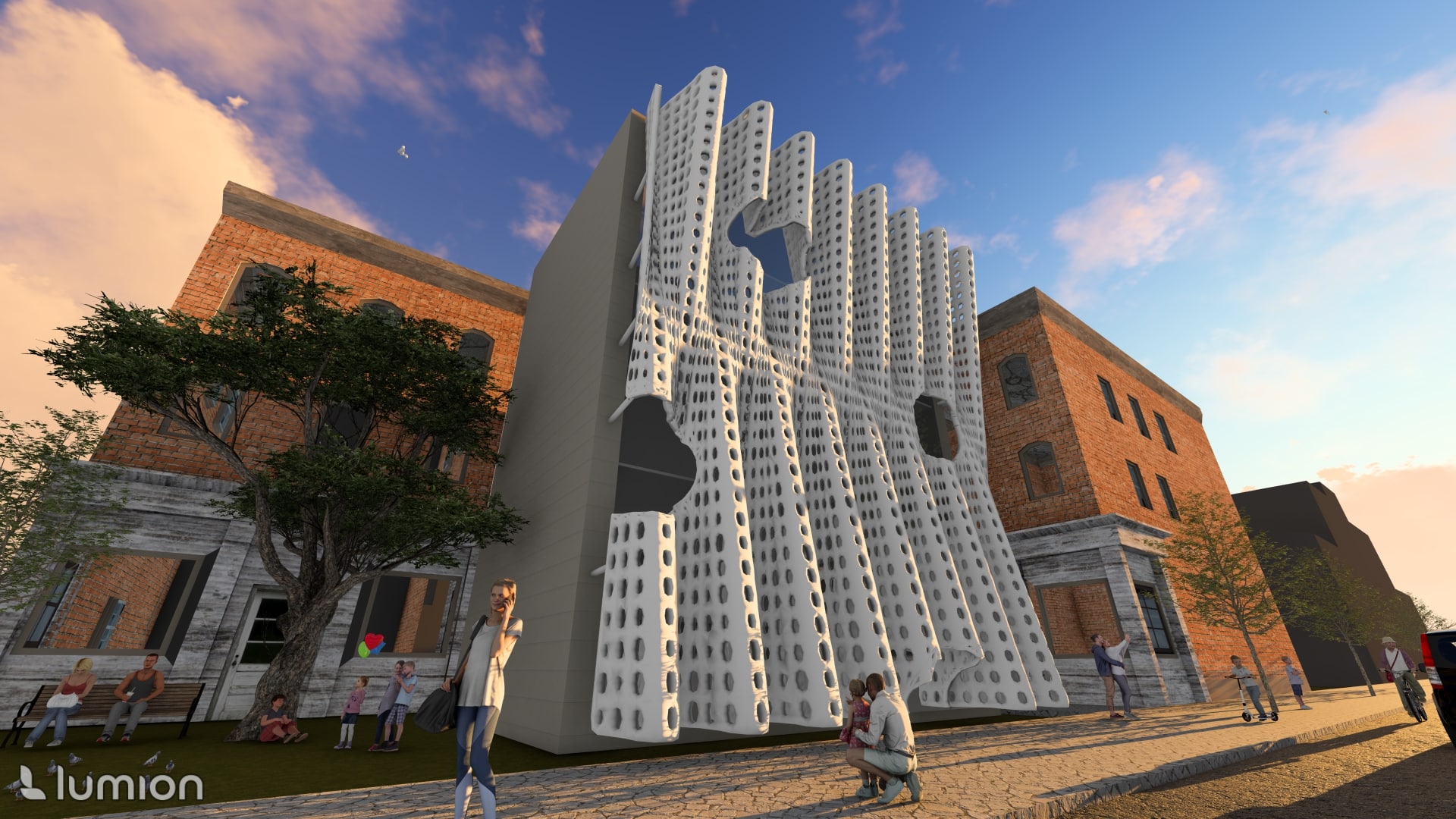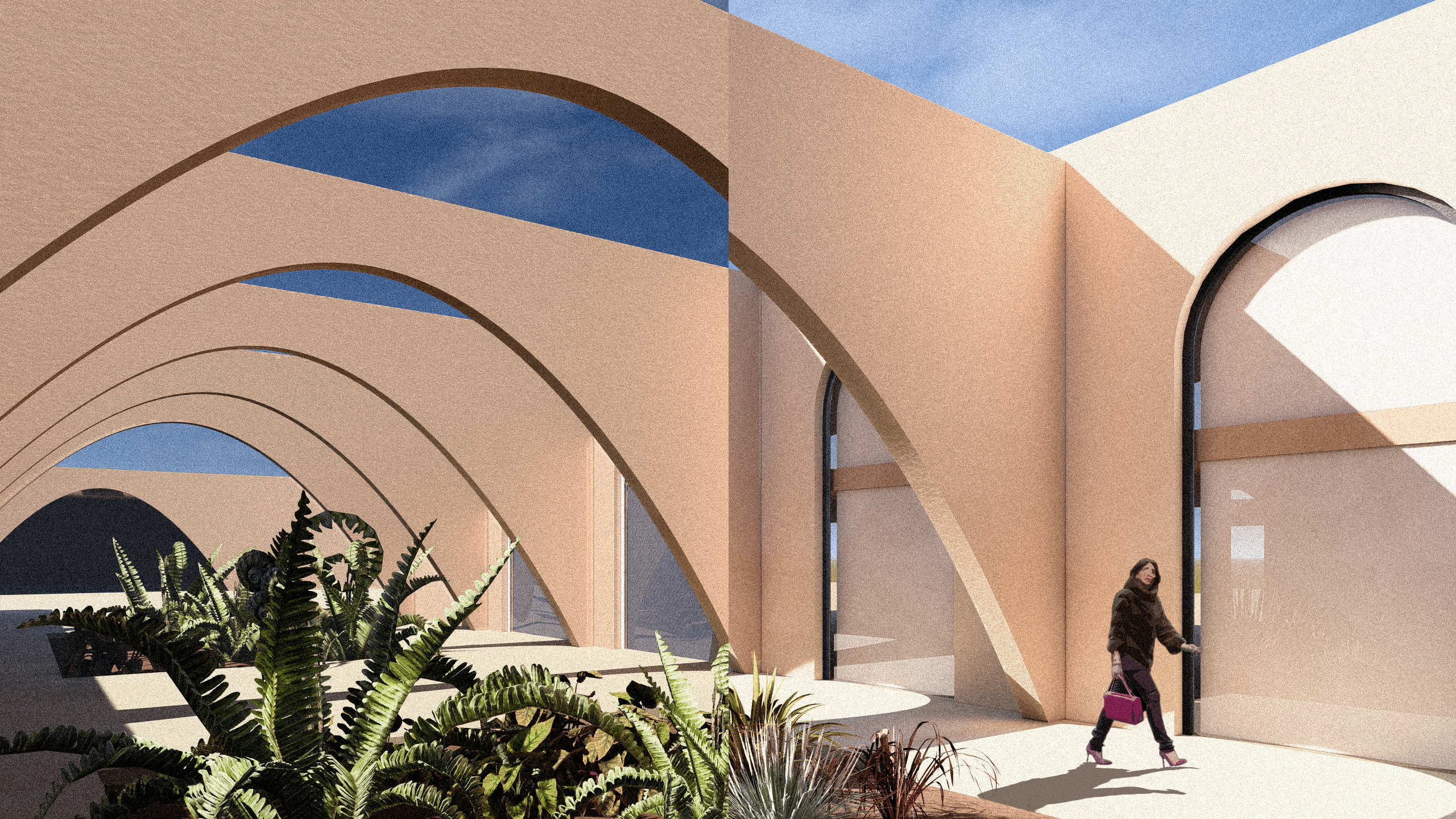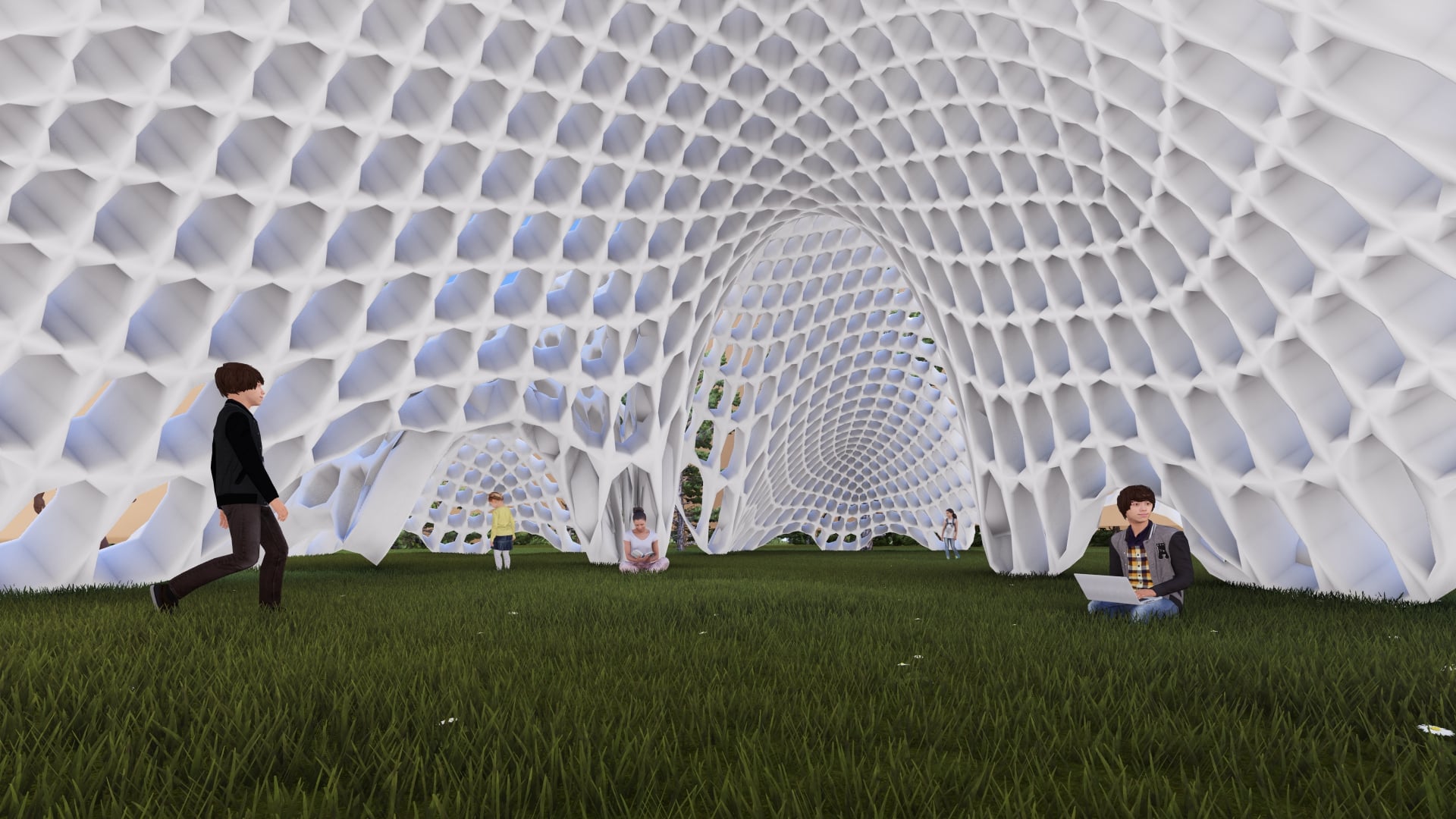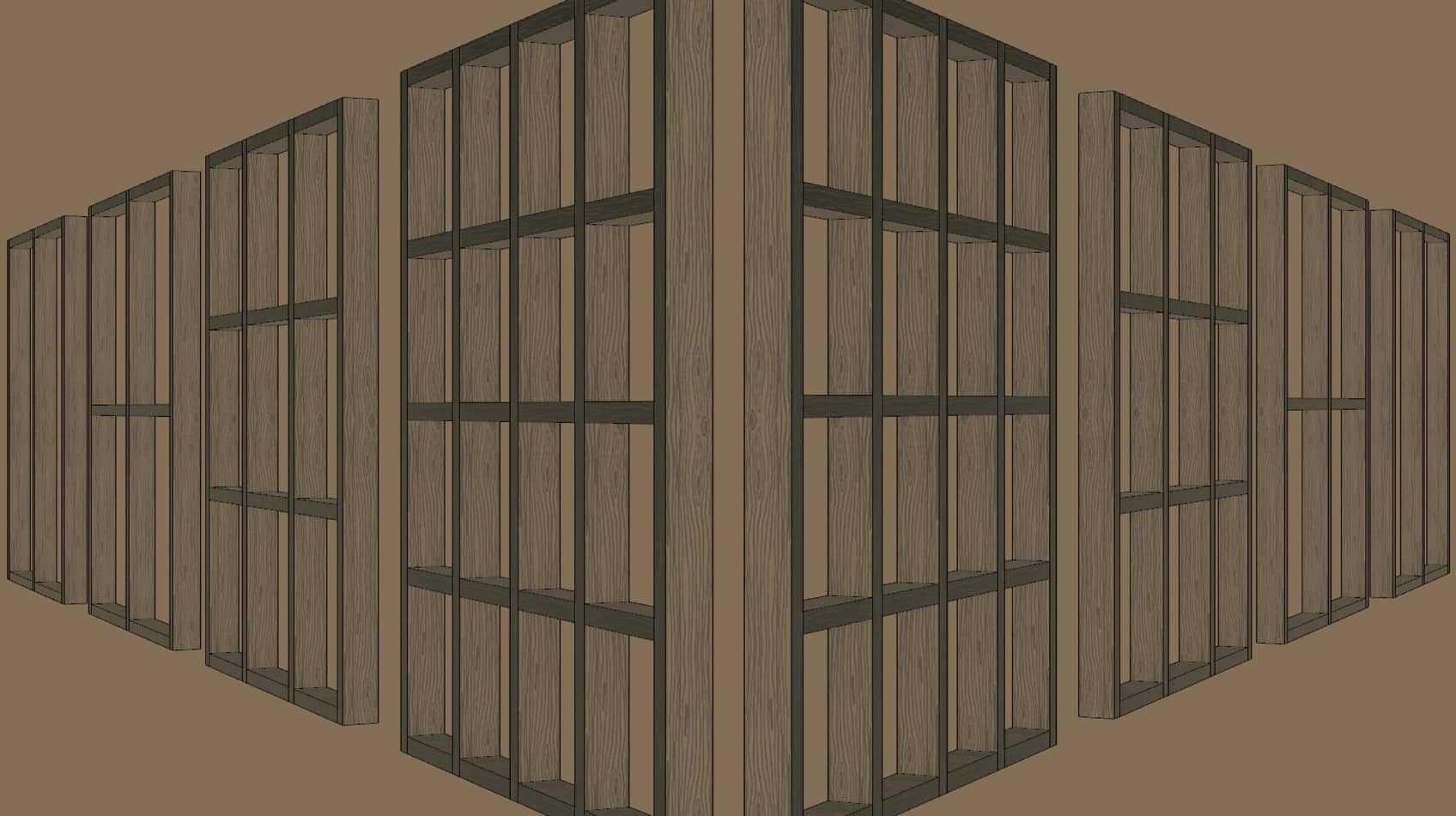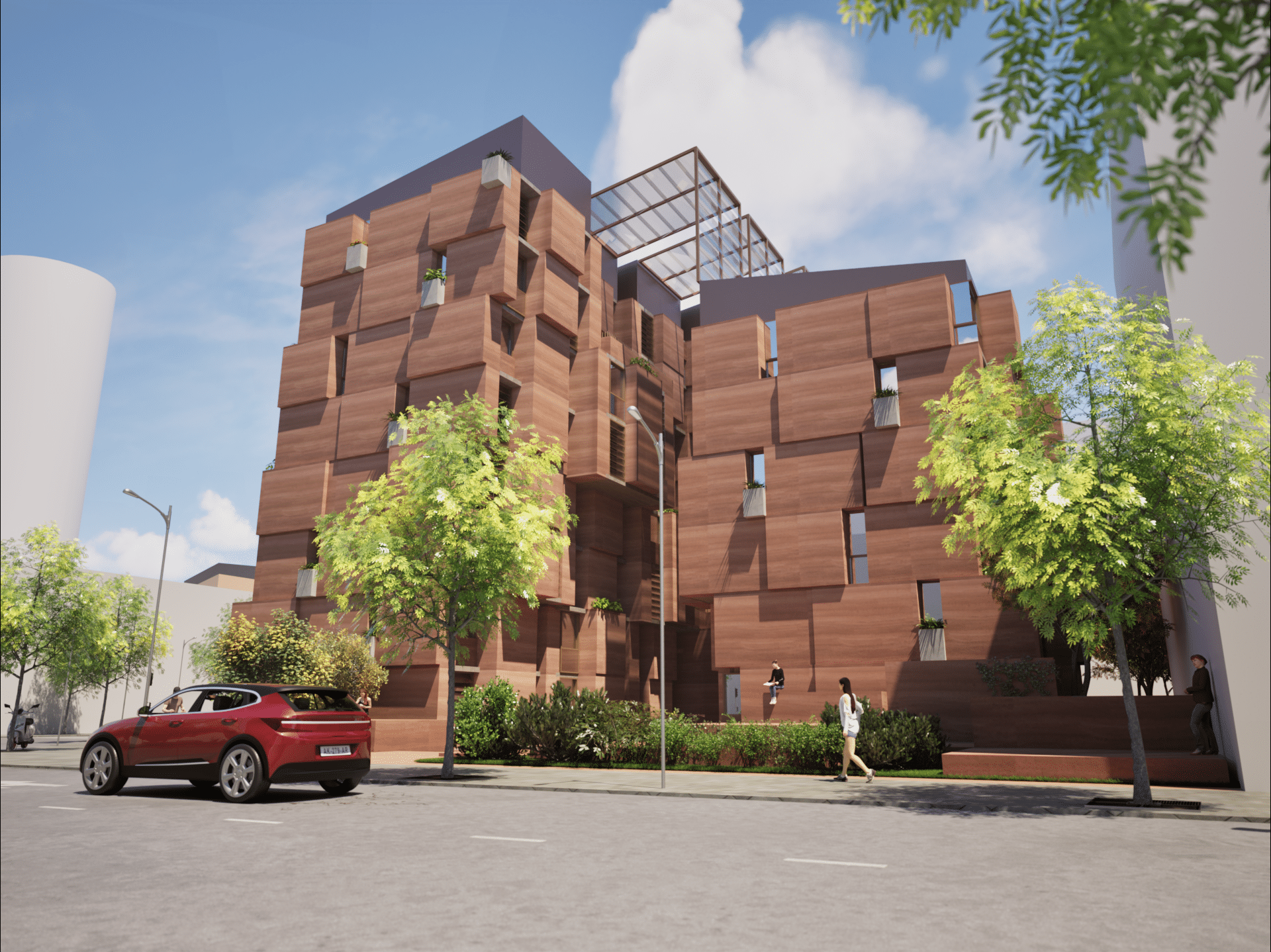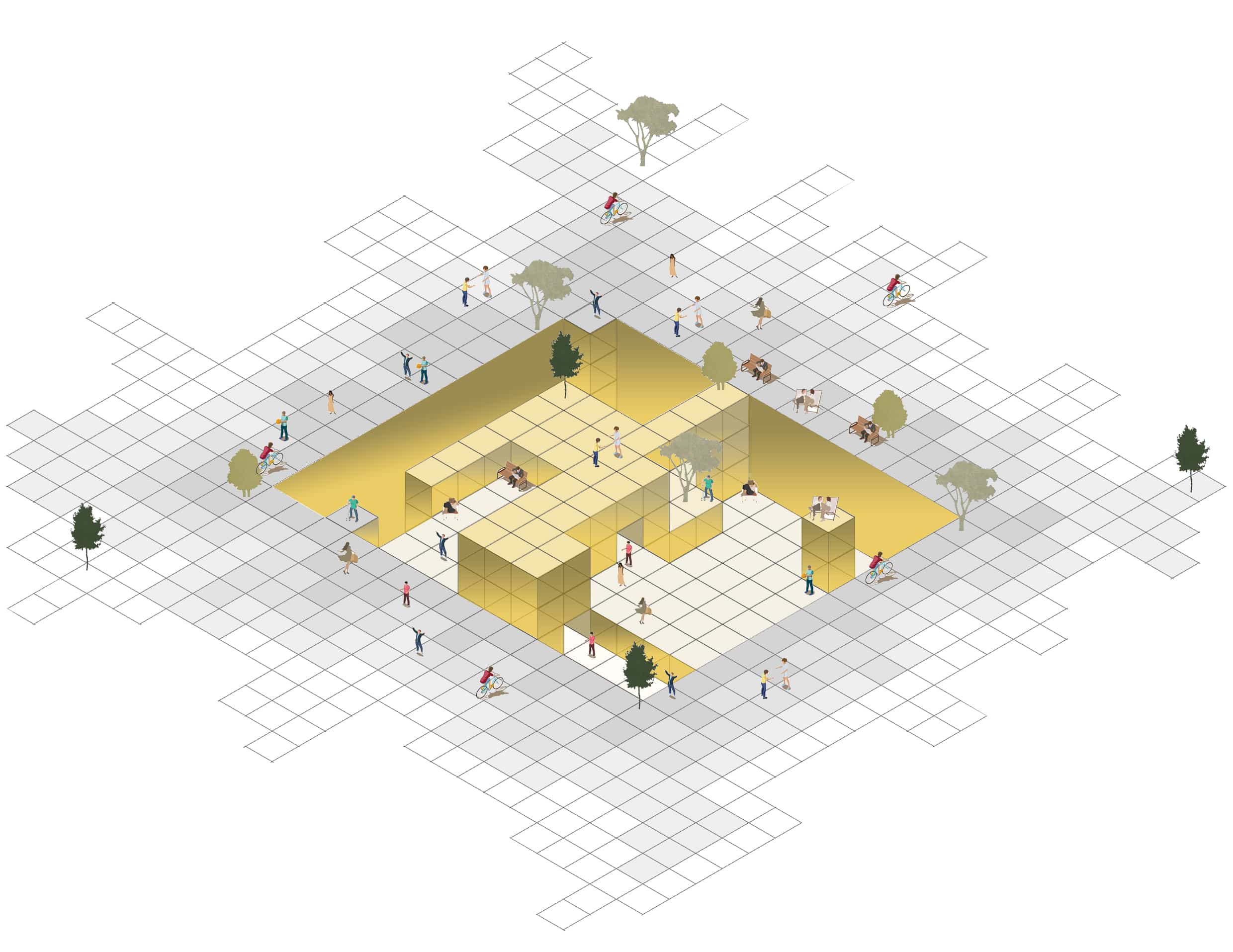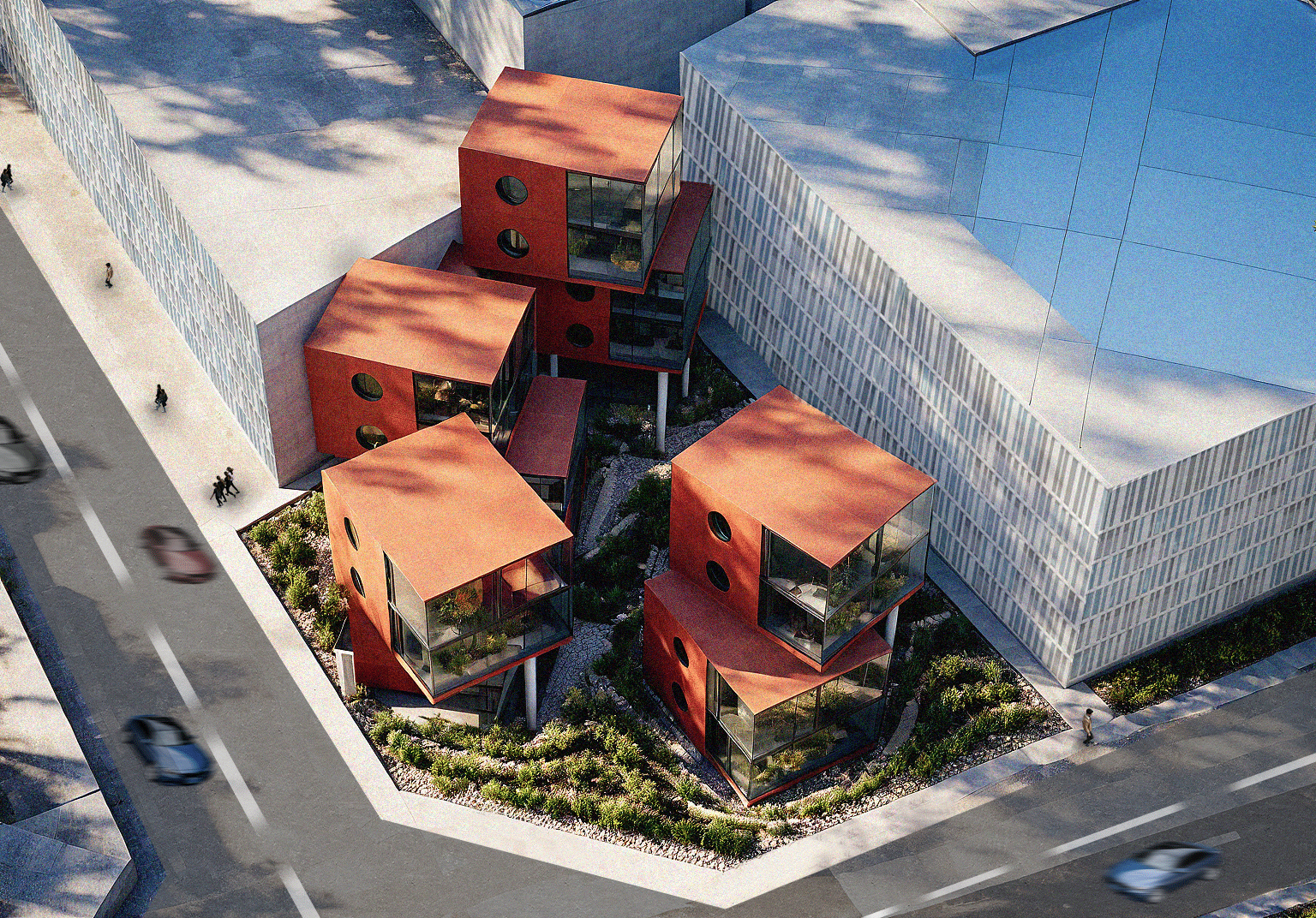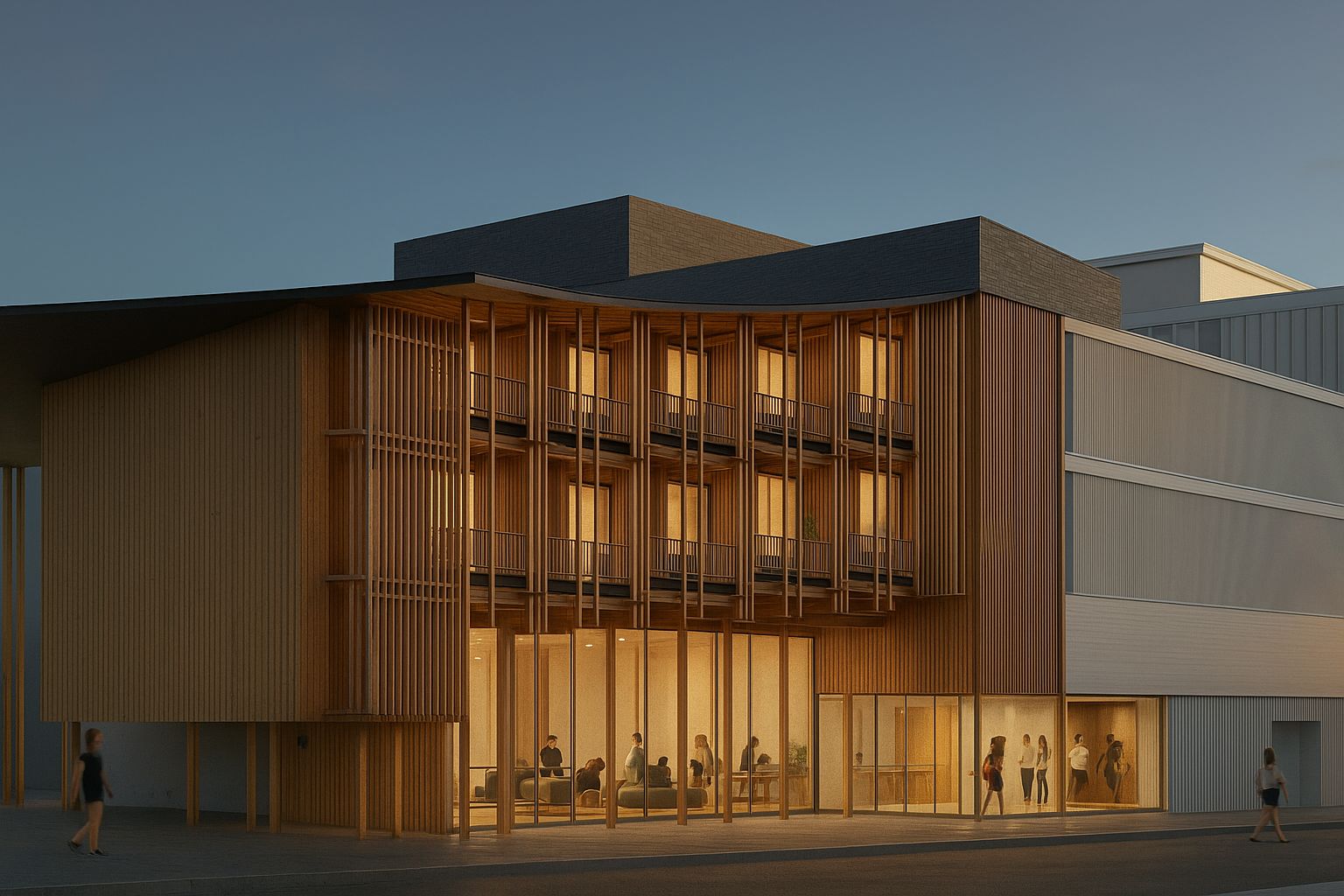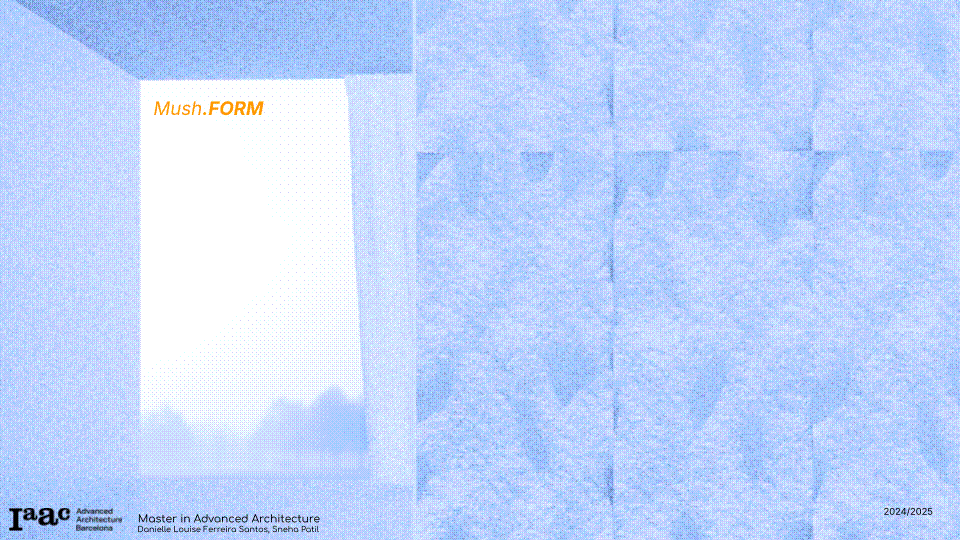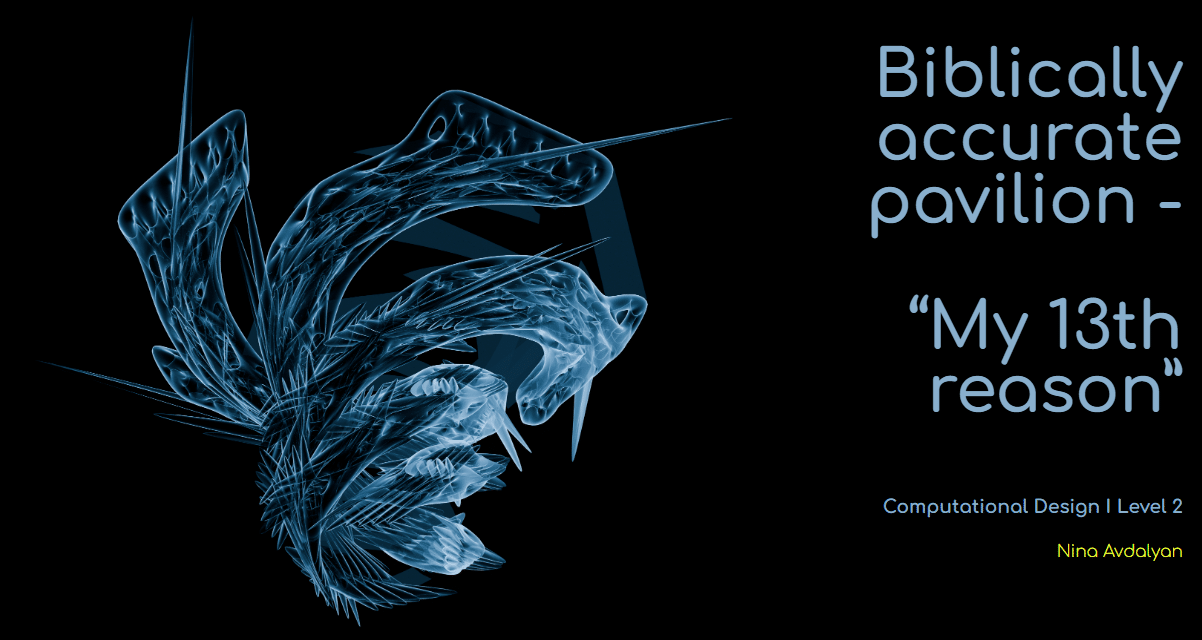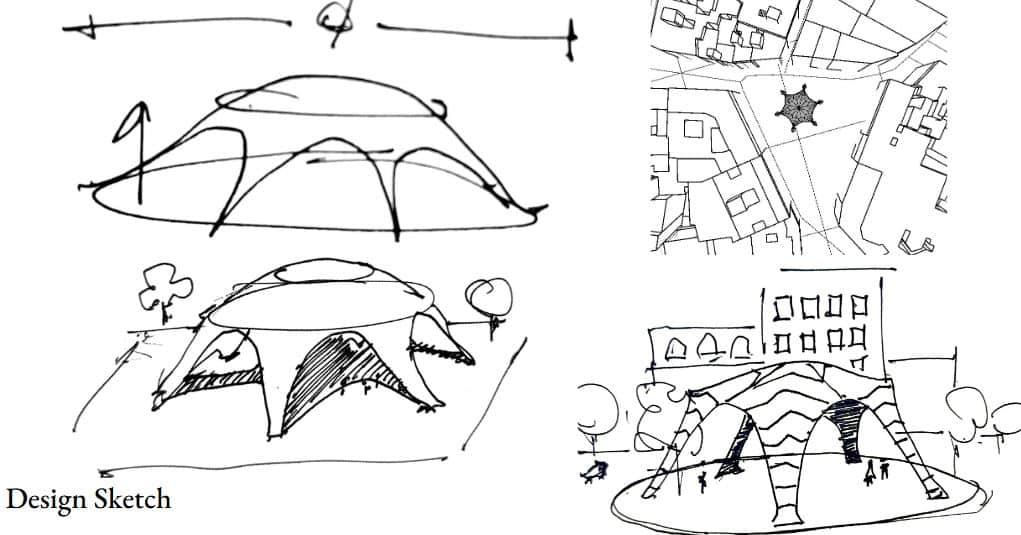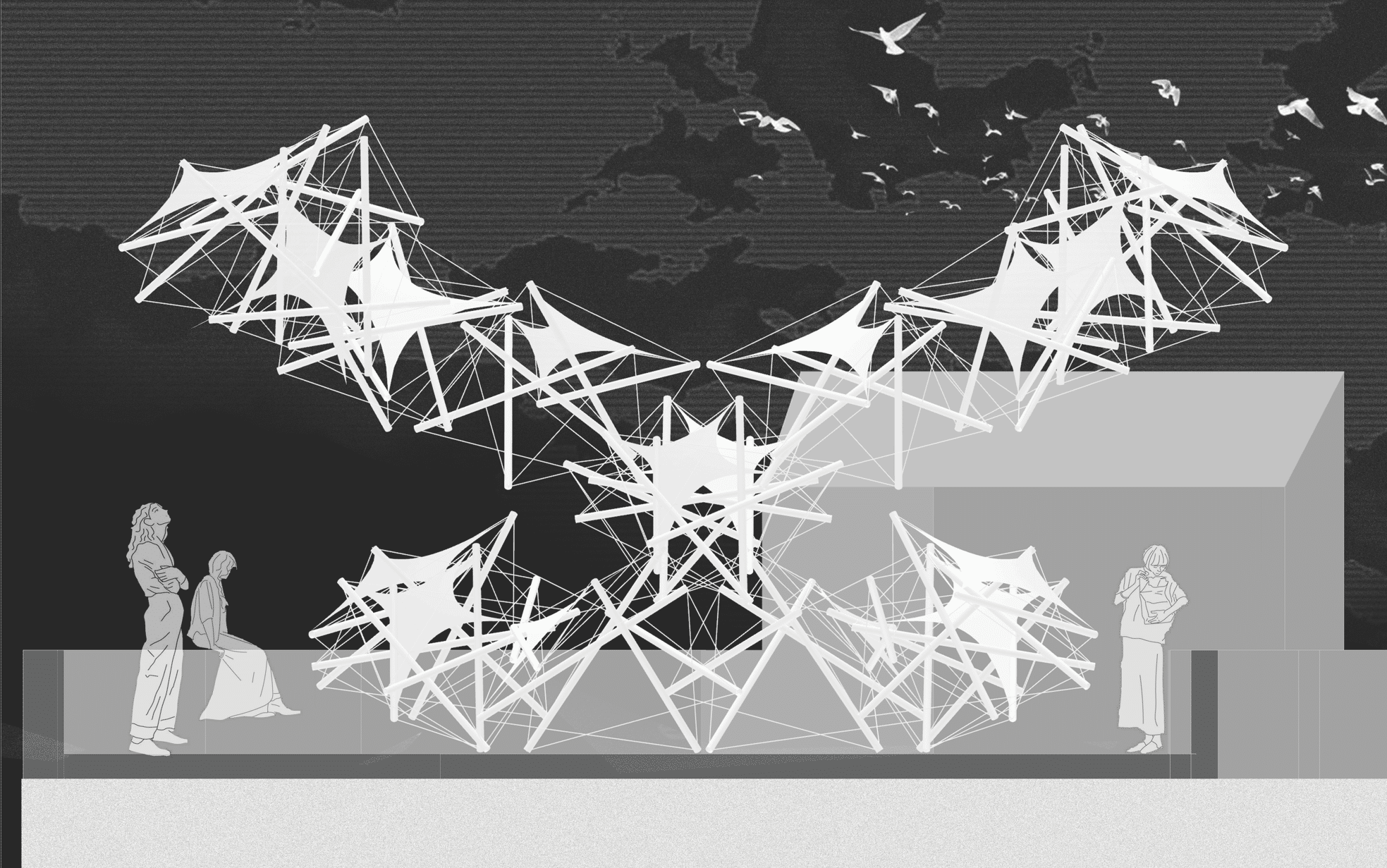
Credits: Uri Lewis Torres, Introductory Studio G2, 2020/21
In computer science, algorithms are habitually defined as fixed and open finite procedures of step-by-step instructions understood to produce something other than themselves. Structures of logics interfacing with Data, sourced from any computable phenomena. In this course, we will focus on emergent design strategies based on algorithmic design logics. From the physical spaces of our built environment to the networked spaces of digital culture, algorithmic and computational strategies are reshaping not only design strategies but the entire perception of Architecture and its boundaries.
In this course seminar we will focus on understanding logics and computational design workflows that can lead to advanced algorithmic thinking. This course aims to solidify the ground of the basics of grasshopper while amplifying already existing concepts into more advanced notions that can be put into practice.
Main tools of the course will be McNeel’s Rhinoceros v8 and Grasshopper3d. As a complementary tool for Rhino we’ll focus on the associative design platform of Grasshopper3d, a graphical algorithm editor rightly integrated with Rhino’s 3D modelling tools. Moreover, during the course we will adopt various plugins implementing Grasshopper’s features and its capabilities, in order to achieve full control of complex design strategies.
In Term 1 of computational design and parametric architecture, the curriculum is structured around several key objectives:
- Analysing Existing Projects and Workflows: A major focus is placed on deconstructing and reverse-engineering architectural projects to deeply understand the complex procedural workflows behind these designs.
- Applying Parametric Design Principles: Students actively use parametric design concepts to create their own design workflows and visual outputs, utilising algorithms and parameters to develop innovative architectural solutions.
- Mastering Advanced Parametric Techniques: The course offers an in-depth exploration of advanced parametric design, encouraging students to develop a thorough understanding of digital tectonics and to craft their own distinctive styles and methodologies within the field of data-driven design.
- Engaging with Real-World Scenarios: Students explore practical applications of data-driven design and emerging computational techniques, translating abstract ideas into concrete architectural designs.
- Fostering Adaptability: The overarching goal is to build a strong foundation in data-driven design that can be applied across various architectural contexts, enabling students to meet specific design challenges with versatility.
In essence, Term 1 emphasises dissecting existing projects, honing advanced parametric design skills, engaging with practical applications, and cultivating a flexible understanding of data-driven design to craft diverse architectural systems.
Learning Objectives
At course completion the student will:
- Understand fundamental concepts of computational design;
- Learn how to create strategies to build algorithms;
- Have knowledge of basic concepts of generative design;
- Be capable of generating parameterized processes;
- Apply data driven design logics;
- Learn how to create dynamic modelling;
- Obtain a deeper knowledge of algorithmic design concepts and parametrisation of geometry;
- Obtain a deeper knowledge of data management in grasshopper;
- Learn in deep about the parameterisation of complex geometries;
- Learn about the most recent workflows for complex modelling;
- Understand the notions and practical use of optimization algorithms.



